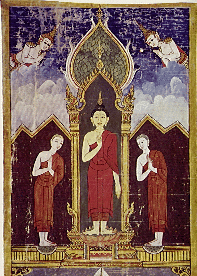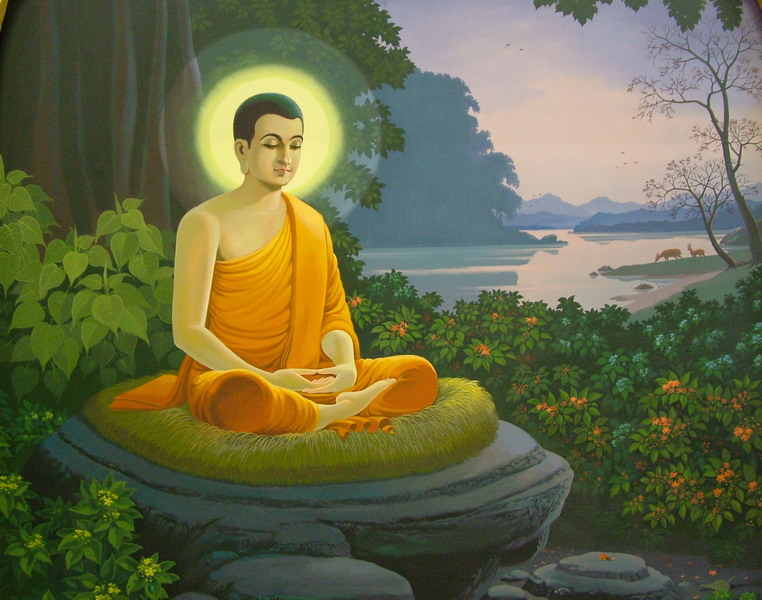1. Write how to do walking meditation in six exercises?
In insight meditation,
there are four steps, standing, sitting, laying down and walking which are very
significant ways to use as meditator. The technique of advance level mediation
is introduced by Buddhist elder’s monks as evolution of Buddha teaching. Here I
want to explain about six steps of walking meditation in very systematically. Walking
meditation is called Cankama in Pàli. Walking meditation is an activity
in which one can focus and concentrate the mind and develop investigative
knowledge and wisdom as well.
For
meditators, applying the mind to observe in walking meditation there are basic techniques
method as follow..
Firstly
I world I like to talk a little bit about process of working function in fast
step before mention another’s steps of meditation. Remember that before moving,
note "intending to walk." Slowly lift the right foot and place it down,
taking one step. Slowly take a step with the left foot, noting
"placing." Stop, Continue walking, making sure to stop completely
after each step. When you reach the end of the walking path, place your feet
together on the last step, noting "stopping." Thus are process as I
understanding to start six steps there are should be as below.
1. The one step: (standing) observe
on your body and mind in order to start go steps.
2. The
two step:
(Lifting, placing). Lift the heel, noting lifting. Stop now move the whole foot
forward and place it on the floor, noting placing.
3. The
three-part step.
(Lifting, moving, and placing). Lift the whole foot straight up as a unit,
noting lifting. Stop, Move the foot forward, noting moving. Stop. Place the whole
foot down as a unit, noting placing.
4. The
four-part step: (lay-up,
lifting, moving, placing). Lift the heel, noting lay-up. Stop. Lift the whole
foot straight up, noting lifting. Stop, Move the foot forward, noting moving. Stop,
Place the foot down as a unit, noting placing.
5. The
five-part step: (lay-
up, lifting, moving, lowering, placing). Lift the heel, noting lay- up. Stop.
Lift the whole foot straight up, noting lifting. Stop. Move the foot forward,
noting moving. Stop. Lower the foot as a unit, noting lowering. Stop when the
foot is about an inch from the floor (be sure to stop completely here). Place
the whole foot on the floor, noting placing.
6. The
six-part step: (lay-
up, lifting, moving, lowering, touching, placing). Lift the heel, noting
lay-up. Stop, Lift the foot straight up, noting lifting. Stop, Move the foot forward, noting "moving."
Stop. Lower the foot, noting lowering. Stop
when the foot is about an inch from the floor. Touch the toes—only the toes—to
the floor, noting touching. Stop, Place the heel on the floor, noting placing.
Thus six steps of walking meditation are
very technique systematical way and also easy to understand for all mediators reference from our teacher
classroom teaching.













 11:15 PM
11:15 PM
 mr.vam
mr.vam




 Translate
Translate
